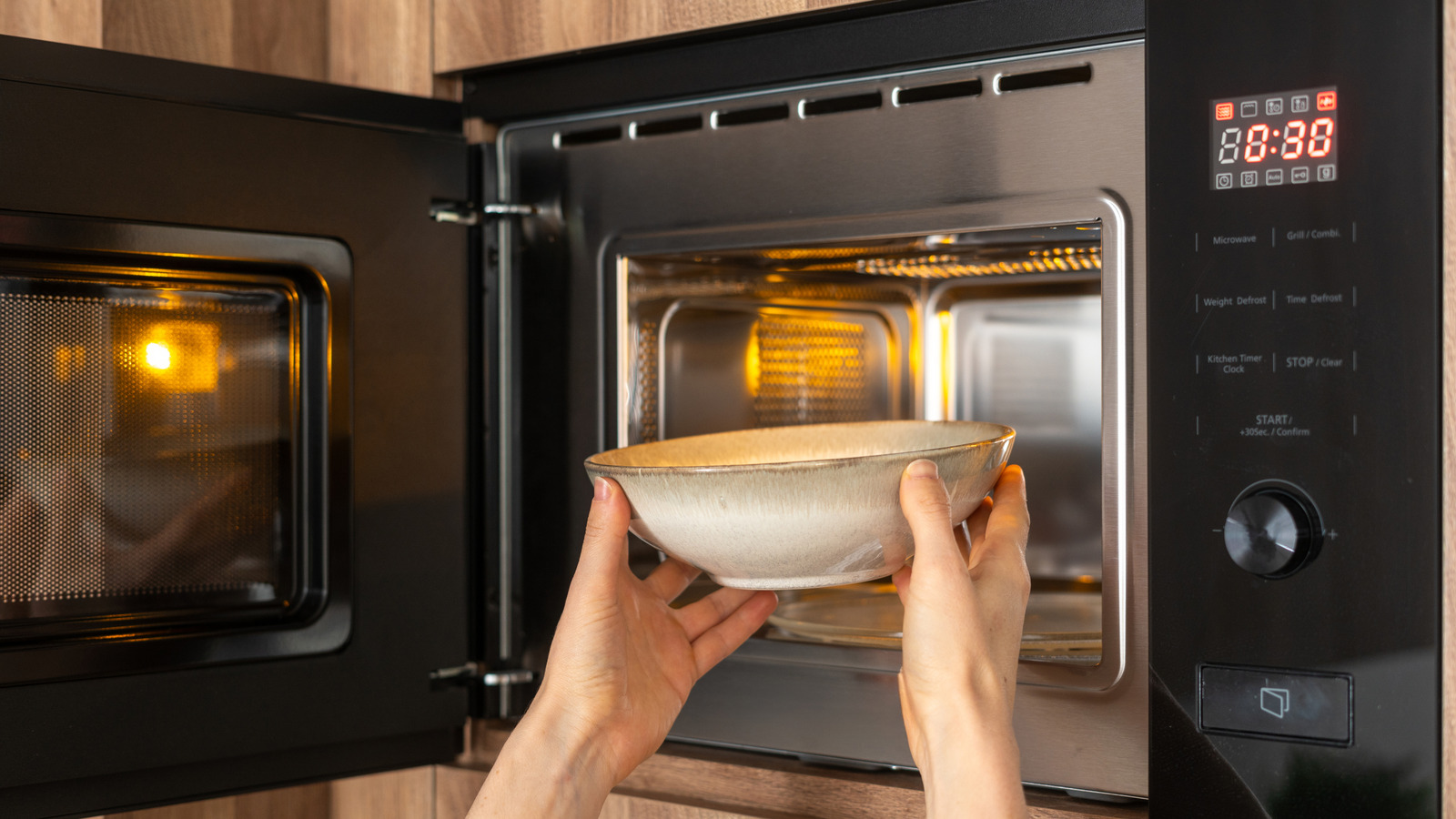
"A microwave's main purpose is convenience. It boils the meal-prep process down to the least amount of time and steps possible: Simply heat and eat. While we hate to potentially burst this bubble, nothing is more important than safety. You might want to add just one step back into this routine by switching whatever you're microwaving into a different dish or bowl if you're not 100% sure that a container is, in fact, microwave-safe."
"We know it's tempting to just pop things into the microwave - what's the worst that can happen, right? As it turns out, there are enough consequences for using a non-microwave-safe dish in the microwave that you'll likely feel it's worth replating things. Not taking the microwave-safety status of different materials seriously is one of the biggest mistakes you can make when using a microwave."
Microwave ovens prioritize convenience by rapidly heating food with minimal steps. Safety concerns warrant transferring food into verified microwave-safe containers when uncertain. Metal and paper containers pose fire risks through sparking or combustion. Plastic containers can leach chemicals into food, posing short- and long-term health risks. Certain ceramic glazes can release toxic substances, and styrofoam takeout containers can seep styrene and also pose fire hazards. Thin glass can crack under microwave heat. Any material not proven microwave-safe can overheat, melt, or become damaged. Labels such as 'microwave safe', '05', 'PP', or wavy lines commonly indicate microwave suitability.
Read at Tasting Table
Unable to calculate read time
Collection
[
|
...
]